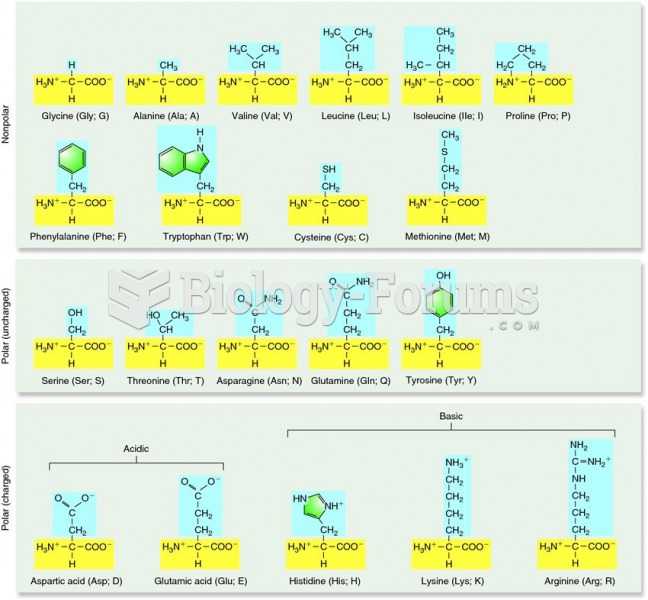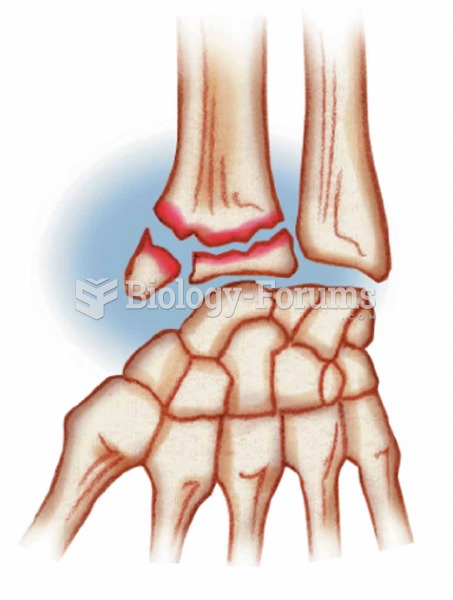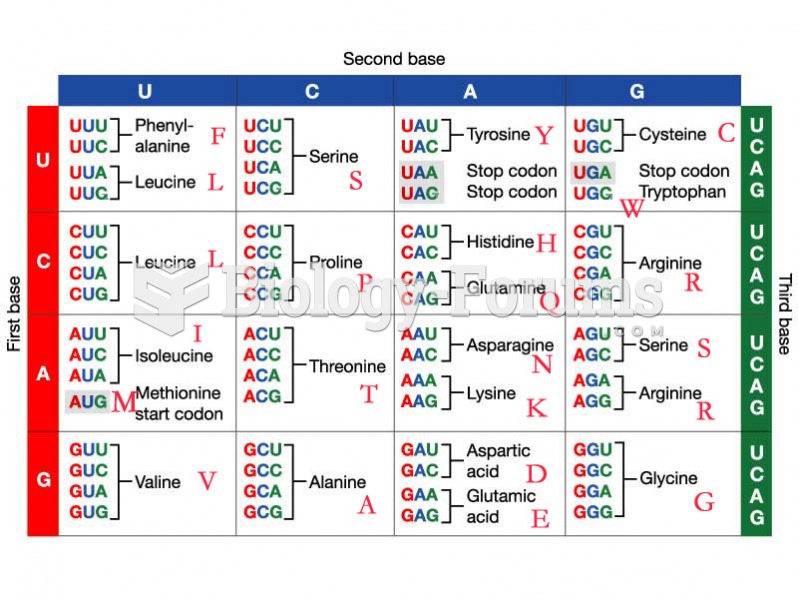|
|
|
Did you know?
The FDA recognizes 118 routes of administration.
Did you know?
There are more nerve cells in one human brain than there are stars in the Milky Way.
Did you know?
Medication errors are three times higher among children and infants than with adults.
Did you know?
Approximately one in four people diagnosed with diabetes will develop foot problems. Of these, about one-third will require lower extremity amputation.
Did you know?
Acetaminophen (Tylenol) in overdose can seriously damage the liver. It should never be taken by people who use alcohol heavily; it can result in severe liver damage and even a condition requiring a liver transplant.







